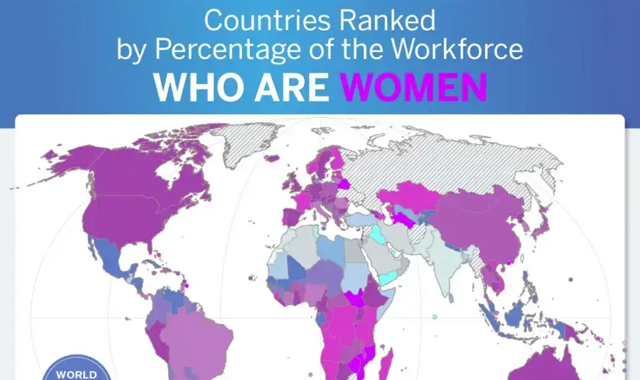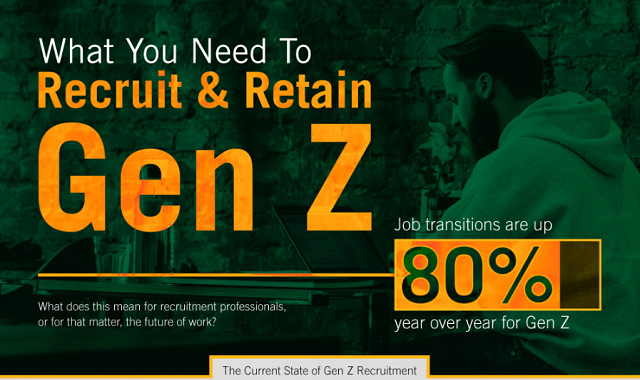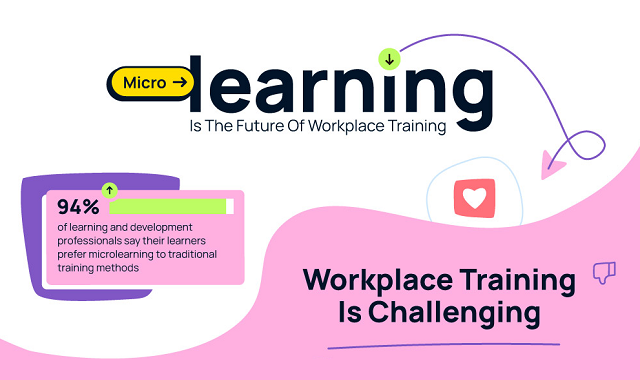Coworking offices are spaces where several businesses come together under the same roof to work. They’re practical- they save on costs, they save on space, and they let businesses rely on each other. At the same time they’re fractured- employees can struggle to feel a sense of belonging in such a crowded space.
Who runs the world? Girls! According to Beyoncé, that is, and these stats are here to prove it. The number of women who have joined the workforce has skyrocketed to unprecedented numbers in the modern era. It wasn’t that long ago many women would forgo a career to be a stay-at-home mom and homemaker. Well, times have certainly changed since then as women have gone on to become powerful politicians, CEOs, entrepreneurs, doctors, and so much more. So, which parts of the world have embraced this change with a majority of their current day workforce being female?
Recruiting and retaining Gen Z in the workforce is vital to the success of most businesses across the globe. In fact, job transitions are currently up 80% year over year for Gen Z. There is now doubt that this group of people has quickly become a major force in the modern workplace. However, companies are currently facing unrivaled challenges around Gen Z recruitment and retention.
LinkedIn is launching a new verification system to enable
users to verify their identity and workplace, and obtain free of cost digital
workplace IDs as a result. Necessary information is collected through a user’s
company-issued email address, CLEAR, or Microsoft’s Entra verified ID platform.
All verifications are represented with a green and blue check on users’ profiles. Moreover, if a user verifies their ID via CLEAR, then they can display the verification on their LinkedIn profile, authenticated by a US government-issued ID and US phone number.
Nearly 60% of all employees receive little to no workplace training and are forced to rely on themselves to learn the skills they need to efficiently do their jobs. Even when they are lucky enough to get training, workers are often taught information that they don't end up using in the actual workplace. Our current traditional ways of teaching employees isn't working and wastes time and money of both employees and employers. A small, one time, in person training event can cost thousands of dollars, not even including the time it takes to find other employees to cover for training days or renting equipment, facilities, or instructor time.
Given the uncertainty of today’s world from the global pandemic, what is to become of the workplace as we know it? We need to keep safety in mind, but as more and more companies want their employees to come back to the office, it may not work out the way that employers had intended. First off, they are calling it the great resignation, where employees are quitting instead of going back to the workplace. Employees may not want to take the risks of commuting on mass transportation and be in close contact with others in cramped office cubicles.
Employees at Apple are not happy with the company’s new work
policy, that requires them to return to the office three days a week starting
in early September. In opposition to the policy, the employees are demanding a
flexible approach, so that only those who want to work remote are allowed to do
so.
The employees wrote a letter to the company where they addressed their concerns, saying that some of their colleagues have already quitted due to the conversation around Apple’s new policy. “Without the inclusivity that flexibility brings, many of us feel we have to choose between either a combination of our families, our well-being, and being empowered to do our best work, or being a part of Apple,” the letter read.

Not everyone can figure out whether their boss is toxic or not but it surely impacts their work. Not everyone works under a bad leader but unfortunately, the majority of us do. Most of the times, bosses can get furious because of the work stress but can you figure out which trait of them is unhealthy in these situations?
Google just announced that it will be paying a sum of $2.5
million to over 5,500 employees and job applicants affected by alleged
systematic pay and hiring discrimination. The decision was made after the US Department
of Labor identified that female software engineers were being underpaid and the
hiring rate differences disadvantaged female and Asian applicants in particular.
According to Google, the company will be providing $1,353,052
in back pay and interest to a total of 2,565 female engineers, and $1,232,000
in back pay and interest to 1,757 female engineering applicants along with
1,219 Asian engineering applicants for “engineering positions not hired.”
The company further added that it will set aside $1,250,000 for pay-equity adjustments, for a total of $3.8 million to resolve the issue. According to the Department of Labor, the amount has been reserved for engineers residing in Mountain View, Seattle, Kirkland, and New York, which house 50% of Google’s engineering staff in the US.












